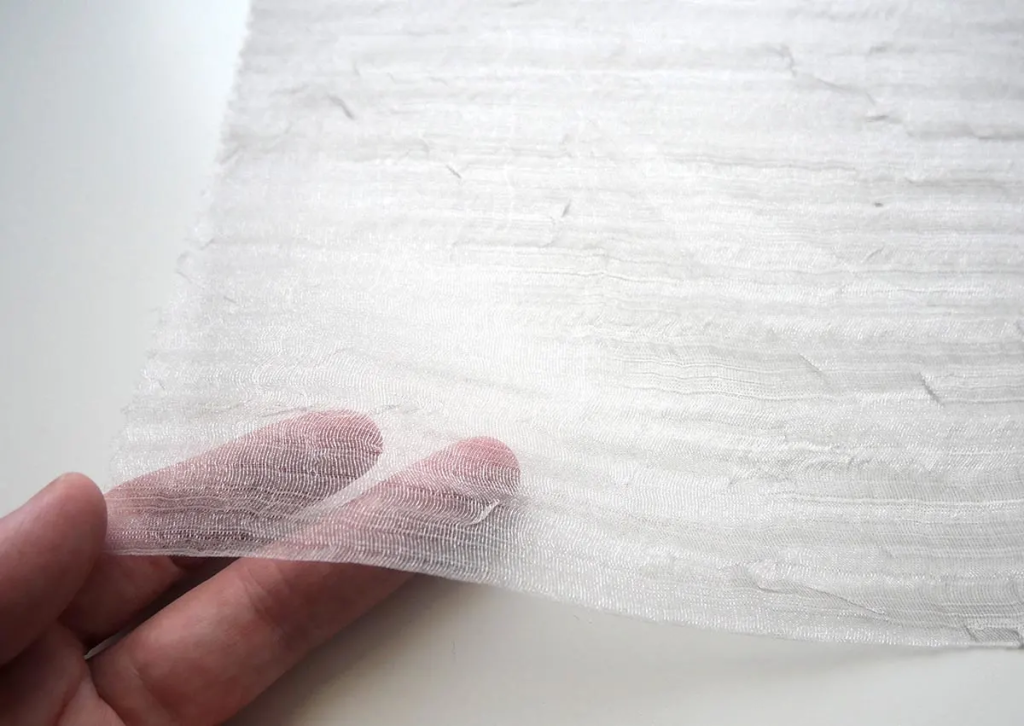Interfacing for Beginners: A Step-by-Step Tutorial
Interfacing fabric is an important yet usually underestimated element on the planet of sewing and dress construction. It acts as an essential stabilizer, giving structure and help to materials, particularly those who may lack the mandatory fat or stiffness for particular projects. Whether you’re developing a tailored blazer, a fragile blouse, or a quilted masterpiece, interfacing plays a essential role in elevating the overall quality and longevity of the completed piece.
Among the principal operates of interfacing is to stop materials from stretching or distorting through the stitching process. That is specially essential when working with lightweight or fine components, ensuring that the final outfit retains their intended shape. Interfacing could be placed on various areas such as collars, cuffs, and plackets, reinforcing these sections for added stability.
Interfacing will come in various types, including fusible and sew-in varieties. Fusible interfacing is applied by pressing, producing a connection between the interfacing and the material when temperature is applied. Sew-in interfacing, on another give, is stitched into the garment. The choice between both depends upon the challenge demands, cloth type, and personal preference. Each form of interfacing has its advantages, providing mobility in application based on the ideal outcome.
When selecting interfacing, considerations such as for example fat, fiber content, and the supposed usage of the garment come into play. For light textiles, a light interfacing is recommended to avoid introducing unwanted volume, while heavier textiles may involve a stronger interfacing to provide ample support. Additionally, interfacing is found in a variety of fibre compositions, including cotton, cotton, and combinations, allowing for compatibility with a wide range of fabrics.
Interfacing extends beyond the region of attire, finding programs in quilting and house decor projects. In quilting, interfacing can be utilized to secure fabric for complex designs or to include dimension to specific elements. When integrated into house decor things like drapes or pillowcases, interfacing plays a role in the endurance and professional finish of the final product.
Understanding the nuances of interfacing software is vital for achieving qualified effects in sewing projects. The approach involves cautious cutting and placement to ensure the interfacing gives help exactly where it’s required without being obvious from the outside. Correct application results in a garment that not just seems finished but additionally maintains its shape and design over time.
Interfacing is a adaptable software that enables for creative expression in clothing construction. Beyond their realistic features, it could be strategically applied to test out finishes, include ornamental components, or develop special style features. The invisible Interfacing Fabric of interfacing belies its substantial affect the general cosmetic and durability of the completed part, rendering it a behind-the-scenes hero in the art of sewing.

To conclude, interfacing fabric is a quiet hero on earth of sewing, offering vital support and design to outfits and projects. Their position in stabilizing materials, avoiding distortion, and enhancing over all quality cannot be overstated. Whether you’re a seasoned seamstress or a novice, understanding the varied programs and forms of interfacing starts up a world of possibilities for elevating your sewing projects to new heights.
